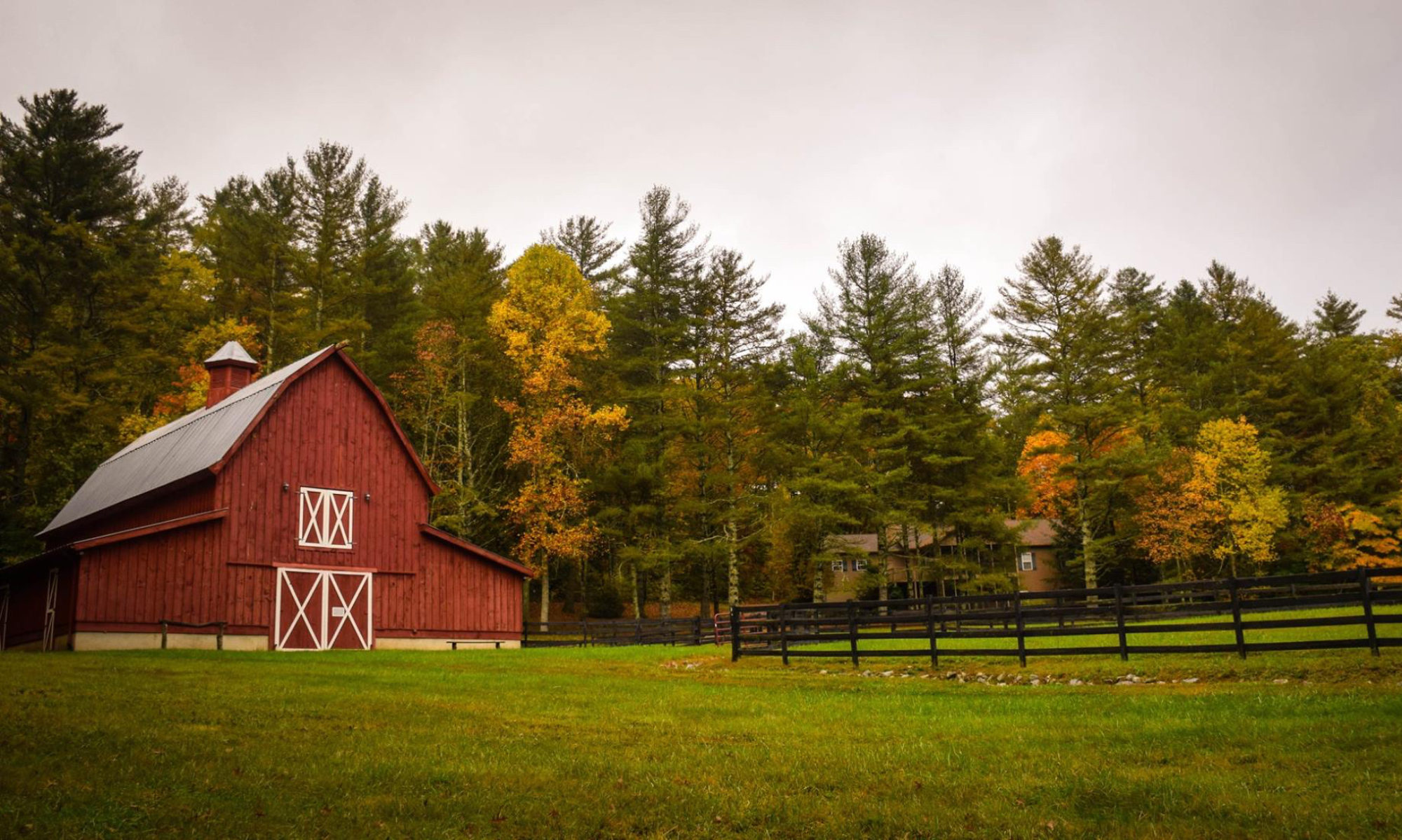It is a battle over the future of education in rural communities.
[I]t’s not pretty and certainly not rational. Across the country, states are pushing to close their small rural schools with the mistaken hope of saving money. This struggle is currently happening in almost all regions of the country and includes states as diverse as Arkansas, Iowa, Kentucky, Maine, Nebraska, South Carolina, and South Dakota…
What is especially irrational about this trend is that these efforts persist in spite of overwhelming evidence that smaller schools are beneficial for kids. For example, research evidence documents that when socioeconomic factors are controlled, children in smaller schools:
Are more academically successful than those in larger schools.
Have higher graduation rates.
Are more likely to take advanced level courses.
Are more likely to participate in extra-curricular activities.
In addition, small schools are frequently the glue that binds together small communities, serving as their economic and social hub. Small villages that lose their schools lose more than a building—they lose their collective cultural and civic center.
For nearly as long as I can remember, administrators of my hometown school (Laurens–Marathon) in rural Iowa have been scheming to further consolidate the already consolidated district. They came close to success several years ago, but things turned south for their plans at a community meeting in the neighboring community we were to be consolidated with.
The meeting got off to a slow start, but before the night was out even the superintendent of the neighboring school had relinquished his chair behind the table with the local school board to approach the microphone. “I speak not as an administrator, but as a parent and community member,” he said, “And as a parent and community member I want my children to graduate from our own school.”
The gymnasium erupted in cheers. The local school board and the superintendent from Laurens–Marathon sat stone-faced on the other side of their table.
The Rural School and Community Trust just published a new policy brief (excerpted above) The Hobbit Effect: Why Small Works in Public Schools. I think I will send a copy to the administrators at Laurens-Marathon.
